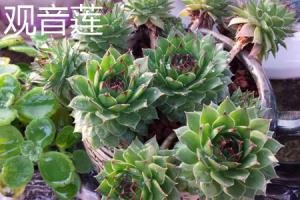Where Do Tomato Plant Worms Come From?
Tomatoes are a delicious and versatile fruit that can be eaten raw, cooked, or made into sauces. Unfortunately, tomato plants are often plagued by a variety of pests, including the dreaded tomato plant worm.
The Two Most Common Types of Tomato Plant Worms
There are two types of tomato plant worms that gardeners commonly encounter: the tomato hornworm and the tobacco hornworm. Both of these pests are a type of caterpillar that feed voraciously on tomato plants, often causing extensive damage.
What Do Tomato Plant Worms Look Like?
Tomato plant worms are fairly easy to identify. They are typically green or brown in color, and can grow up to 4 inches in length. Both tomato hornworms and tobacco hornworms have a distinctive "horn" or "spike" on their tails. These traits make them easy to distinguish from other types of caterpillars.
Where Do Tomato Hornworms Come From?
Tomato hornworms are the most commonly encountered of the two species. They are actually a type of sphinx moth caterpillar, and they hatch from eggs laid by the adult moths. The moths are large and have a wingspan of up to 5 inches. They are attracted to tomato plants because they prefer the leaves as a place to lay their eggs.
Where Do Tobacco Hornworms Come From?
The tobacco hornworm is a similar species to the tomato hornworm, but with a few notable differences. They also hatch from eggs laid by adult sphinx moths, but these moths are slightly smaller and have a wingspan of up to 4 inches. Tobacco hornworms are attracted to plants in the nightshade family, which includes tomatoes, peppers, and eggplants.
Preventing and Treating Tomato Plant Worm Infestations
If you've discovered tomato plant worms in your garden, there are several steps you can take to prevent further infestations. One of the simplest things you can do is to physically remove the worms from your plants by hand. You can also introduce natural predators, such as parasitic wasps, to your garden to help control the population of worms.
Another effective method for controlling tomato plant worm populations is to use organic pesticides, such as spinosad or Bacillus thuringiensis. These can be sprayed directly onto the affected plants and will help to kill off any caterpillars that come into contact with it. Just be sure to follow the instructions carefully, as some pesticides may harm beneficial insects and other animals.
Conclusion
Tomatoes are a beloved fruit that are enjoyed by millions of people around the world. Unfortunately, tomato plants are often the target of pesky pests, including tomato plant worms. By understanding where these insects come from and taking steps to prevent and control infestations, you can help ensure a healthy and productive tomato harvest.

 how many times do yo...
how many times do yo... how many planted tre...
how many planted tre... how many pine trees ...
how many pine trees ... how many pecan trees...
how many pecan trees... how many plants comp...
how many plants comp... how many plants can ...
how many plants can ... how many plants and ...
how many plants and ... how many pepper plan...
how many pepper plan...






























